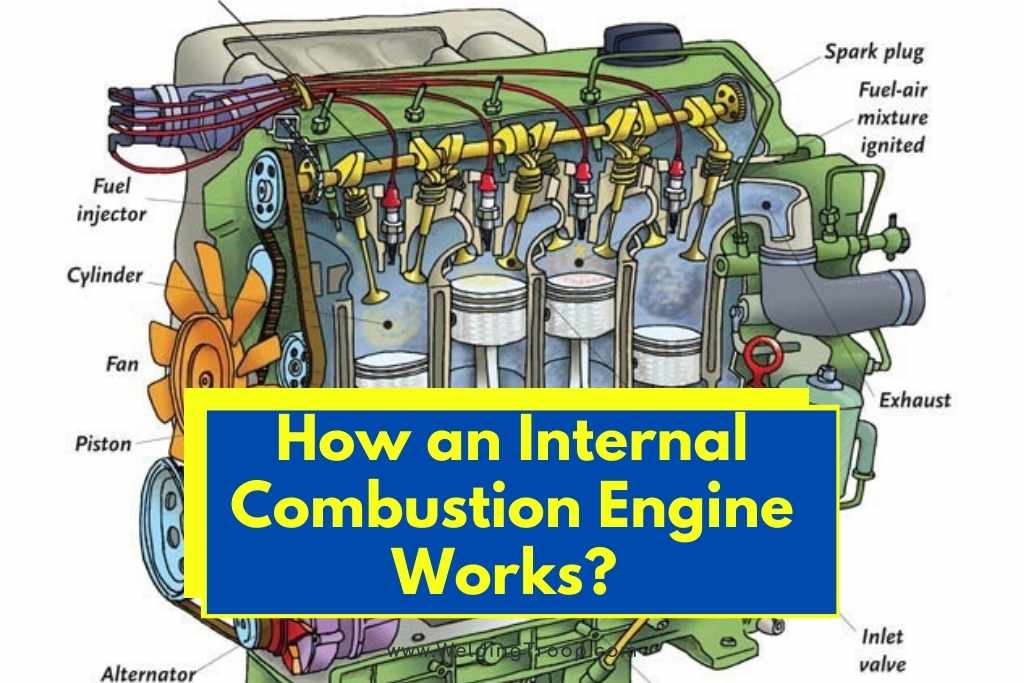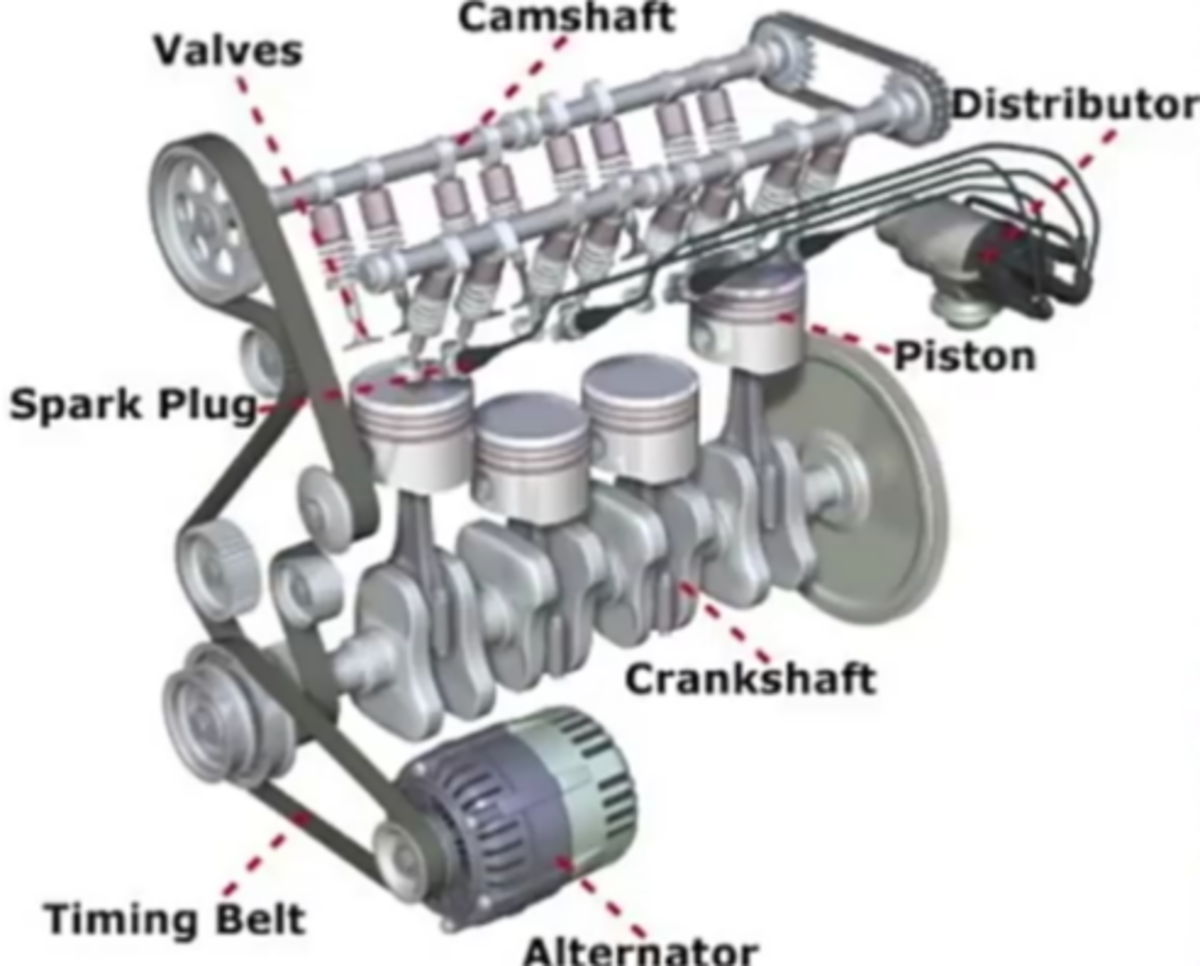With great pleasure, we will explore the intriguing topic related to How Does an Internal Combustion Engine Work?. Let’s weave interesting information and offer fresh perspectives to the readers.

.png)
An internal combustion engine (ICE) is a heat engine that uses the expansion of hot gases to produce mechanical work. It is the most common type of engine used in vehicles, such as cars, trucks, and motorcycles.

ICEs operate on the principle of burning fuel inside a cylinder, which causes the gases to expand and push a piston. The piston is connected to a crankshaft, which converts the linear motion of the piston into rotary motion. The crankshaft is then connected to the transmission, which sends power to the wheels.

There are two main types of ICEs: spark-ignition (SI) engines and compression-ignition (CI) engines. SI engines use a spark plug to ignite the fuel-air mixture, while CI engines use the heat of compression to ignite the fuel.

SI engines are the most common type of ICE used in vehicles. They are typically used in gasoline-powered vehicles.

CI engines are typically used in diesel-powered vehicles. They are more efficient than SI engines, but they produce more emissions.

ICEs are a well-established technology that is relatively inexpensive to produce. They are also relatively efficient, and they can run on a variety of fuels, including gasoline, diesel, and natural gas.

ICEs produce emissions that can contribute to air pollution and climate change. They are also relatively noisy, and they can require a lot of maintenance.

The future of ICEs is uncertain. As the world moves towards cleaner and more sustainable energy sources, ICEs are likely to be phased out in favor of electric vehicles and other alternative fuel vehicles. However, ICEs are still likely to be used in some applications, such as long-haul trucking and heavy equipment.
ICEs are a versatile and efficient type of engine that has been used in vehicles for over a century. However, they are also a major source of emissions, and they are likely to be phased out in favor of cleaner and more sustainable energy sources in the future.
.png)







Thus, we hope this article has provided valuable insights into How Does an Internal Combustion Engine Work?. We appreciate your attention to our article. See you in our next article!
